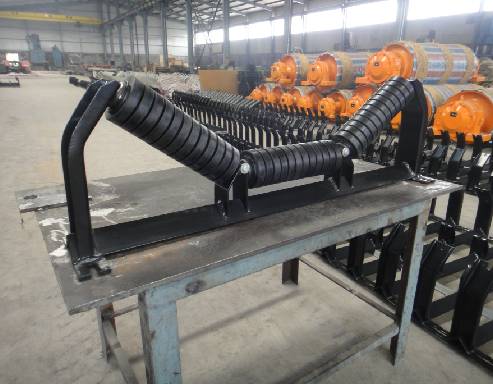drive belt tensioner pulley
Understanding the Drive Belt Tensioner Pulley
In the realm of automotive engineering, the drive belt tensioner pulley plays a crucial role in ensuring the smooth operation of a vehicle's engine. This important component is part of the broader drive belt system, which includes serpentine belts and accessory components, functioning together to drive various engine accessories like the alternator, power steering pump, and air conditioning compressor.
What is a Drive Belt Tensioner Pulley?
The drive belt tensioner pulley is designed to maintain the proper tension on the drive belt, which in turn ensures optimal power transfer from the engine to the accessories. It is typically mounted on the engine and is adjustable, allowing it to accommodate any elongation of the drive belt over time due to wear and thermal expansion. The primary purpose of the tensioner pulley is to prevent the belt from slipping off the pulleys, which can lead to multiple operational issues and engine performance degradation.
Importance of Tension in Drive Belts
Maintaining the correct tension in a drive belt is critical. If the belt is too loose, it may slip off the pulley, resulting in a loss of power to the engine accessories, which can compromise the vehicle's functionality. On the other hand, if the belt is too tight, it can cause excessive wear on the belt and pulleys, potentially leading to premature failure of these components.
Common Signs of a Failing Tensioner Pulley
As with most automotive components, the drive belt tensioner pulley is subject to wear and tear. Drivers should be vigilant for several key indicators that may suggest the tensioner pulley is failing. Common symptoms include
drive belt tensioner pulley

1. Squealing Noises A high-pitched squeal coming from the front of the engine, especially during startup or when the engine is under load, can indicate a worn-out tensioner or drive belt.
2. Frayed or Cracked Belts Inspecting the drive belt for visible signs of wear, such as fraying, cracking, or glazing, can reveal tension issues.
3. Inconsistent Engine Performance If the accessories powered by the drive belt are not functioning correctly—like erratic power steering or flickering headlights—this may point to issues with the tensioner pulley.
4. Visual Inspection A loose or misaligned tensioner can often be spotted during routine maintenance checks. The tensioner should sit snugly and guide the belt without any deviations.
Maintenance and Replacement
To prolong the life of the drive belt tensioner pulley and the accompanying components, regular vehicle maintenance is essential. This includes periodic inspections of the drive belt system, tensioner, and pulleys as part of routine service checks. If any signs of wear or damage are present, replacing the tensioner pulley and the drive belt at the same time is advisable, as they typically experience wear at similar rates.
In conclusion, the drive belt tensioner pulley is an integral part of a vehicle’s engine system, ensuring that the drive belt operates efficiently and effectively. By understanding its role and being aware of the signs of failure, vehicle owners can take proactive measures to maintain their cars, ensuring reliability and performance behind the wheel. Regular inspections and timely replacements will contribute greatly to the longevity of the vehicle's engine components and overall efficiency.
-
Impact Roller for Belt Conveyor – Durable Solutions for IndustryNewsNov.24,2025
-
Rubber Conveyor Rollers – Quiet, Durable, Sealed BearingsNewsNov.24,2025
-
Industrial Conveyor Belt Rollers: Durable Solutions for Harsh EnvironmentsNewsNov.24,2025
-
Idler Rollers for Belt Conveyors | Durable, Low-Noise OEMNewsNov.24,2025
-
Durable Rubber Conveyor Belt Rollers for Industrial UseNewsNov.24,2025
-
Ceramic Lagging Conveyor Pulley – Anti-Slip, Wear-ResistantNewsNov.17,2025






























